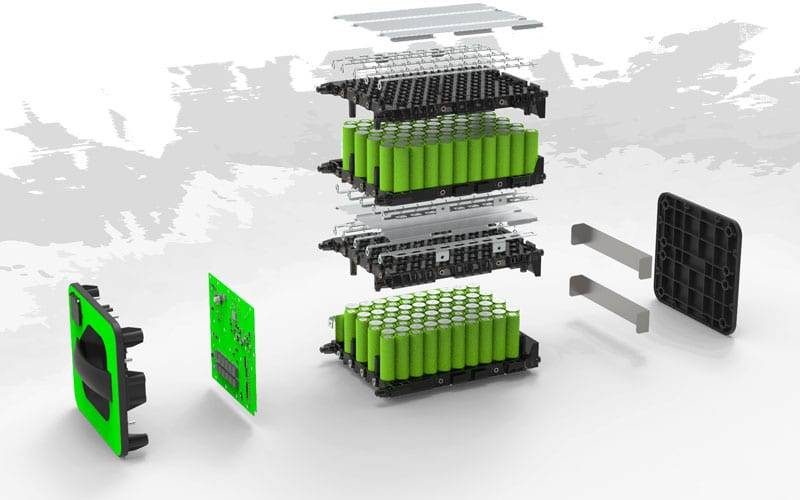What are the main risks associated with ternary lithium batteries?
Posted: Thu Apr 25, 2024 11:56 am
Ternary lithium batteries, which typically utilize a nickel-manganese-cobalt (NMC) chemistry, share common risks with other types of lithium-ion batteries. The risks primarily stem from their high energy density and sensitivity to physical and thermal stresses. Here are the main risks associated with ternary lithium batteries: Is Ternary lithium battery safe?

Thermal Runaway: This is one of the most significant risks associated with lithium-ion batteries, including ternary types. Thermal runaway occurs when the battery's internal temperature and pressure rise to the point that the battery undergoes a self-sustaining series of reactions. This can lead to a fire or explosion, particularly if the battery is damaged, defective, or improperly managed.
Overcharging: Charging beyond the specified limits can cause excessive voltage that leads to excessive heat, and in some cases, the breakdown of the battery's internal components. This breakdown can result in gas generation, rupture, and even thermal runaway.
Short Circuiting: A short circuit can occur if the positive and negative terminals of the battery are accidentally connected through a conductive material. This can cause a large current flow, generating heat and potentially leading to fire or explosion.
Physical Damage: Impact, penetration, crushing, or bending of the battery can compromise its structural integrity and lead to internal short circuits, leakage of electrolyte, and thermal events.
Improper Storage: Storing batteries at high temperatures or in humid conditions can accelerate the degradation of the battery components, potentially leading to reduced performance, swelling, leakage, and in severe cases, thermal events.
Manufacturing Defects: Flaws in the manufacturing process, such as impurities in the materials, incorrect assembly, and poor quality control, can predispose batteries to failures.
Aging: Over time, batteries degrade naturally. This degradation can lead to reduced capacity, increased internal resistance, and heightened susceptibility to overheating during charging and discharging.
The mitigation of these risks typically involves careful design considerations, including the implementation of battery management systems (BMS) that monitor and control charge states and temperatures, as well as robust protective measures against physical damage and thermal management systems. Proper usage guidelines and handling procedures are also crucial in ensuring the safety and longevity of ternary lithium batteries.

Thermal Runaway: This is one of the most significant risks associated with lithium-ion batteries, including ternary types. Thermal runaway occurs when the battery's internal temperature and pressure rise to the point that the battery undergoes a self-sustaining series of reactions. This can lead to a fire or explosion, particularly if the battery is damaged, defective, or improperly managed.
Overcharging: Charging beyond the specified limits can cause excessive voltage that leads to excessive heat, and in some cases, the breakdown of the battery's internal components. This breakdown can result in gas generation, rupture, and even thermal runaway.
Short Circuiting: A short circuit can occur if the positive and negative terminals of the battery are accidentally connected through a conductive material. This can cause a large current flow, generating heat and potentially leading to fire or explosion.
Physical Damage: Impact, penetration, crushing, or bending of the battery can compromise its structural integrity and lead to internal short circuits, leakage of electrolyte, and thermal events.
Improper Storage: Storing batteries at high temperatures or in humid conditions can accelerate the degradation of the battery components, potentially leading to reduced performance, swelling, leakage, and in severe cases, thermal events.
Manufacturing Defects: Flaws in the manufacturing process, such as impurities in the materials, incorrect assembly, and poor quality control, can predispose batteries to failures.
Aging: Over time, batteries degrade naturally. This degradation can lead to reduced capacity, increased internal resistance, and heightened susceptibility to overheating during charging and discharging.
The mitigation of these risks typically involves careful design considerations, including the implementation of battery management systems (BMS) that monitor and control charge states and temperatures, as well as robust protective measures against physical damage and thermal management systems. Proper usage guidelines and handling procedures are also crucial in ensuring the safety and longevity of ternary lithium batteries.